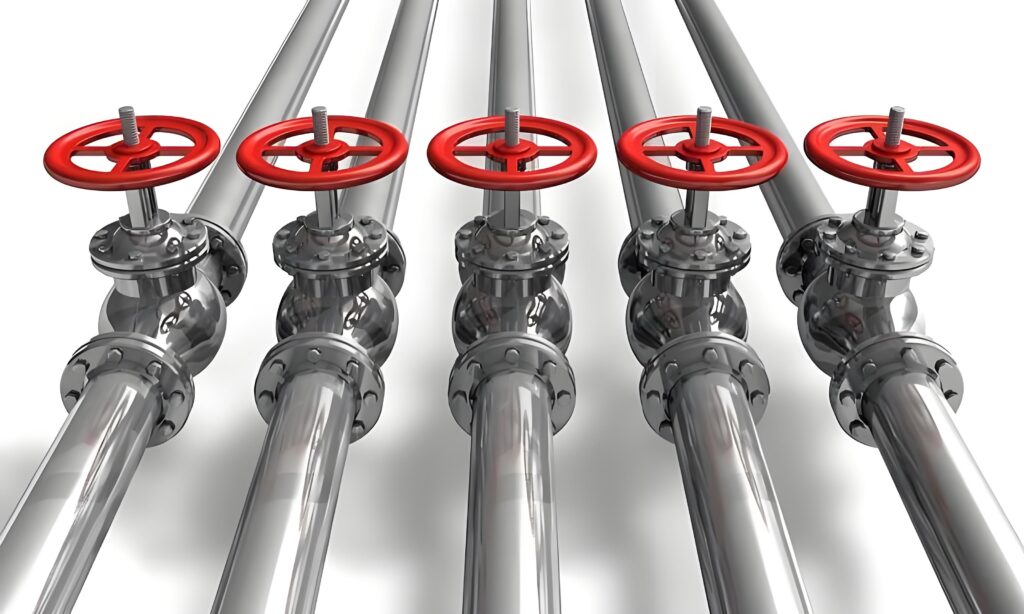Industrial Valve Maintenance Guide: Secrets to Ensure Efficient Operation
Industrial valves, as key components in industrial piping systems that control the flow of media, are widely used in many industries such as petroleum, chemical, metallurgy, power, paper, pharmaceutical and food. To ensure that these valves continue to operate efficiently and safely, and to extend their service life, regular maintenance and repair is essential. The following are some practical industrial valve maintenance techniques, designed to help you better manage your equipment.
First, the daily inspection is indispensable
Regular inspection is the first step in maintaining industrial valves. This includes checking whether the appearance of the valve is intact, with no signs of damage or corrosion; verifying whether the sealing performance of the valve is good, with no leakage; ensuring that the valve operates smoothly, with no jamming; and checking whether the connecting parts are tight, with no loosening. Once any problem is found, immediate measures should be taken to repair or replace.
Second, cleaning is the key
Due to media corrosion and precipitation, dirt and impurities may accumulate inside industrial valves. This dirt can seriously affect the sealing and operating performance of the valve. Therefore, regular cleaning of the valve is critical. You can use water or special chemical cleaning agents to completely remove the dirt and impurities inside the valve to restore its original performance.
Third, lubrication to keep flexible
Industrial valve operating parts, such as valve stem and valve flap, need to be lubricated regularly to maintain its flexibility. Select the appropriate lubricant or grease, evenly coated in the operating parts, can significantly reduce friction, extend service life.
Fourth, rust protection should not be ignored
Industrial valves are susceptible to corrosion and oxidation during use, so anti-rust treatment is equally important. The use of antirust agent or antirust paint coated on the surface of the valve, can effectively prevent corrosion, maintain the beauty and durability of the valve.
Fifth, the correct storage for future use
If the industrial valve does not need to be used temporarily, it should be properly stored in a dry, ventilated environment. Avoid valves subject to heavy extrusion or collision to prevent damage. At the same time, regular inspection and maintenance to ensure that the valve is always in a usable state.
VI. Precautions for maintenance
When maintaining industrial valves, be sure to pay attention to the following points:
Safety first: before maintenance, be sure to close the valve and empty the pipeline medium to prevent accidents.
Use the appropriate tools: choose the right tools and equipment for maintenance to avoid unnecessary damage to the valve.
Restore the original position and test run: after maintenance, make sure to restore all operating components to the original position and carry out a test run to verify the normal operation of the valve.
Special treatment for special valves: For high temperature, high pressure and other special types of industrial valves, professional maintenance should be carried out in accordance with relevant regulations.
By following the above maintenance guidelines, you can ensure the efficient and stable operation of industrial valves, reduce failures and extend service life. We hope that these suggestions will provide strong support for your industrial valve maintenance work.
Industrial Valve Maintenance Guide

Industrial Valve Maintenance Guide